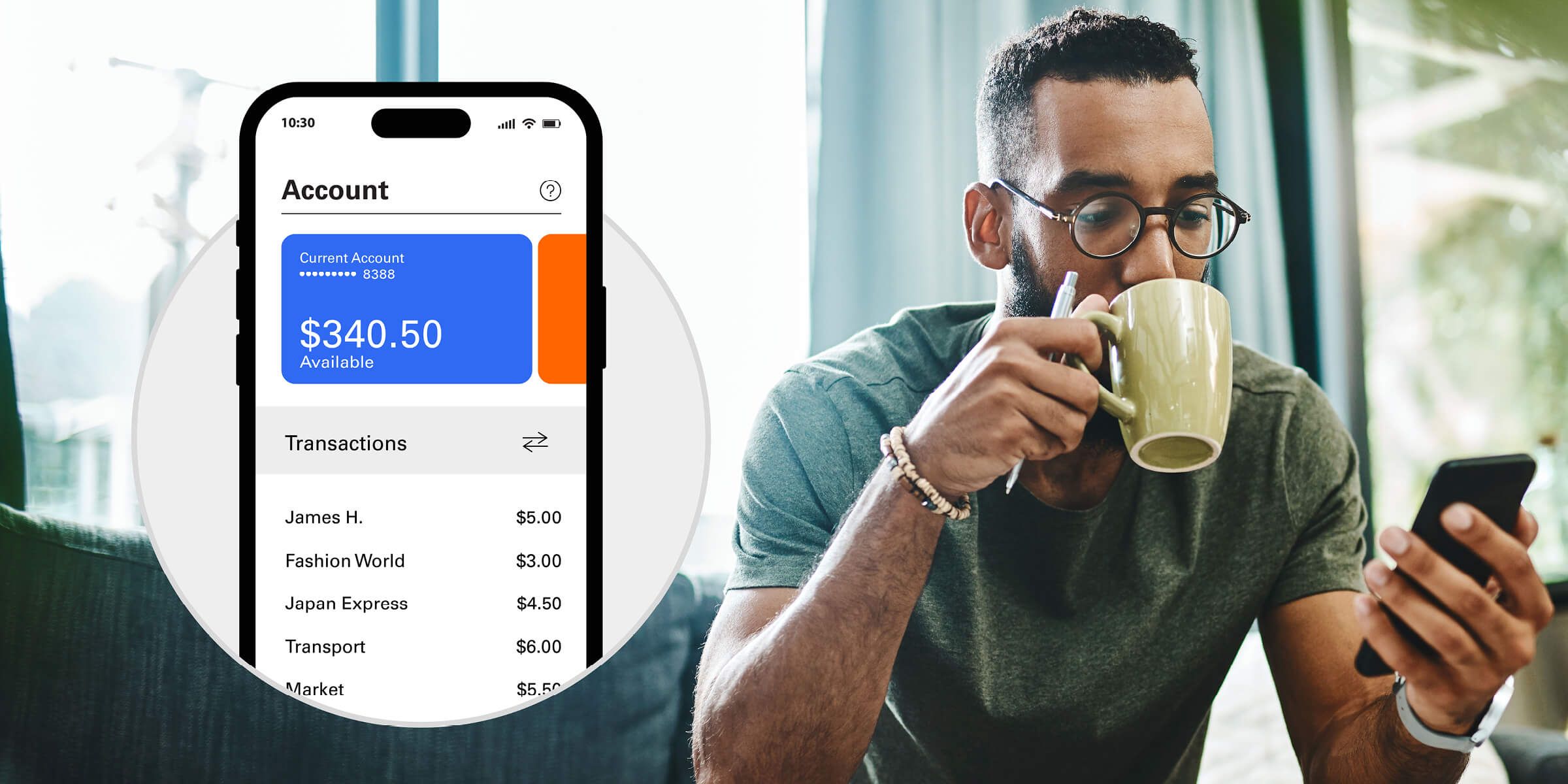Are Your Banking Customers Digitally Engaged?


How Northwest Bank measured the true value of its digital products
In a digital world, every financial institution is expected to offer its customers access to easy-to-use digital tools, including online banking, a mobile app and a convenient network of ATMs. Just as important is for institutions to extend more and more banking services digitally – online deposit and loan applications, for instance.
It’s what consumers want and expect. It’s the state of play.
But how do financial institutions know whether they are winning or losing the digital race?
Case in point: Northwest Bank
Northwest Bank is an institution that manages about $14 billion in assets and operates 170 branches across Pennsylvania, New York, Ohio and Indiana. It is a seven-time recipient of the J.D. Power Award for customer satisfaction. The bank knows how to make customers happy. It was less sure how customer satisfaction affected the bank in quantifiable terms.
Leaders at Northwest Bank needed to put some numbers to it, and to calculate the value of digital banking products, specifically. They wanted to know which customers used the bank’s digital products, what products they used most, and how usage affected their relationship with the bank.
“We wanted a better look at our customers,” explained John Golding, Senior Vice President of Consumer Banking at Northwest Bank. “If we could see who was using digital products and how, we could work harder to retain them and keep them happy. We also wanted to know which customer segments we could serve well and grow.”
A study of digital engagement
Northwest Bank launched a multipart study with Fiserv to identify digitally active customers, measure their digital engagement and quantify the value of their financial behaviors.
The study also compared how digital and non-digital engagement changed over time, and looked at both retail and business customers.
For the analysis, Fiserv and Northwest Bank created a dataset of approximately 360,000 retail customers and 21,000 business customers. Then, it analyzed their banking behaviors over a six-month period – October 2022 through March 2023.
Retail customers who had at least one digital product during the analysis period were classified as “digital customers.” Among the businesses, any institution that used online or mobile banking during the analysis period was identified as a “digital customer.”
All segments were examined for recency, frequency and monetary (RFM) value based on their financial behaviors. That allowed researchers to classify customers by level of engagement, from lightly to highly engaged.
Researchers also gathered behavioral data before and after customers enrolled in a digital banking service (six months before and 12 months after enrollment) so they could see how digital products affected the banking relationship. Northwest Bank uses the highly customizable Experience Digital solution, Create Digital from Fiserv, to offer online and mobile banking, Bill Pay and Zelle®.
Understanding digital retail customers
More than half (52%) of Northwest Bank’s retail customers were classified as digital users. About 60% of them are under 45. They are frequent ATM users; about 53% of digital retail customers use an ATM once a month.
On average, they log on to online and mobile banking 19 or more times a month. Mobile is the most-used channel, with nearly 40% of digital customers using only mobile banking during the study period.
“The results really drove home the importance of our mobile strategy,” said Scott Watson, Executive Vice President and Chief Information Officer at Northwest Bank. “For a significant number of customers, our mobile app is the face of the bank.”
What is digital engagement worth?
The study found an overwhelming correlation between digital engagement and net profit, balance growth and transaction activity. Overall, net profit growth was 43% for digital retail customers, compared to 5% for non-digital customers.
Digital retail customers interacted with the bank more often than non-digital customers, and in more meaningful ways. Digital retail customers had more checking, savings, CD and loan products than non-digital customers.
Digital engagement leads to meaningful interactions
During the analysis period, digital retail customers generated 16% higher net profit than non-digital peers, and their loan balances were 18% higher. They used ACH credit almost twice as often.
After customers enrolled in a digital product, ACH usage skyrocketed. Credit usage increased 41% for digital users and debit usage grew 23%. In comparison, ACH credit and debit usage increased 9% and 2% among non-digital customers, respectively.
Digital retail customers also had 10% more product growth, 11% higher loan balance growth and 37% more point-of-sale (POS) activity.
The study also highlighted differences based on a customer’s level of engagement. Highly engaged digital retail customers carried deposit balances that were two times higher than digital customers who were only lightly engaged. They also logged on twice as often – almost 40 times a month, on average.
Digital engagement is good for business
Just under half (48%) of Northwest Bank’s business customers were classified as digital users. Like retail, digital business customers delivered more value to the bank.
ACH credit usage was four times higher among digital business customers. They had 19% higher deposit balances than non-digital customers and delivered 13% more net profit to the bank.
On average, digital business customers issued about 11 ACH credit transactions and nine ACH debit transactions a month, exchanging nearly $80,000 in total. They also processed more POS transactions each month.
The only metric that was lower for digital business customers was checks: they issued 20% fewer checks than non-digital customers, which is positive for Northwest Bank since it reduces the use of a more costly payment method.
Digitally engaged business customers deliver more value
“This is a promising segment,” said Jay DesMarteau, Senior Executive Vice President and Chief Commercial Banking Officer at Northwest Bank. “With digital products, we can ease some of the pain points associated with business banking and make our customers’ lives easier. It’s a win-win for business customers and the institution if we can meet more of their needs digitally.”
Evaluating the digital experience in the market
There was a strong correlation between digital product use and key growth and profit metrics. So, Northwest Bank wanted to know how its digital offerings stacked up in the market.
The research team engaged Javelin Strategy & Research to assess the bank’s digital products and experiences. Javelin created a scorecard to measure six aspects of the mobile and online experience: ease of use, security empowerment, money management, financial fitness, virtual customer service and account opening.
Among a cohort of peers (based on loan penetration), Northwest Bank ranked first in three mobile categories: ease of use, money movement and financial fitness. Its online account opening experience also earned the top rank.
According to Javelin, Northwest Bank’s mobile app is simpler and more intuitive than its peers. Researchers said it delivers a “get-it-done experience.” It was easy and secure to move money in the app, and the app empowered customers to make sound financial decisions based on personal insights.
Javelin expanded its view and evaluated Northwest Bank against the top 20 financial institutions in the country (based on asset size). Overall, Northwest Bank performed in the top 60% in a playing field of the country’s biggest banks, earning these rankings:
- No. 8 for online money movement
- No. 9 for mobile ease of use
- No. 9 for mobile account opening
- No. 10 for mobile money movement
- No. 10 for online financial fitness
“We were thrilled to see Northwest stand shoulder to shoulder with the big banks,” Golding said. “Those institutions typically have more resources than we do, which allows them to create highly customized experiences. Normally, they define what’s best in class. We’re right there with them – with an out-of-the-box solution.”
The Javelin study also included strategic recommendations, so Northwest Bank can continue to enhance its digital products and experiences. For example, it received specific feedback on where to cut back on banking jargon, how to format alert history, and where to place self-help and contact information to improve ease of use and customer service.
“We have very clear insight into what we can do next to make our digital banking experience even better for customers. Based on these results, I know we’re with the right partner to get it done,” Golding said.
Explore related resources




